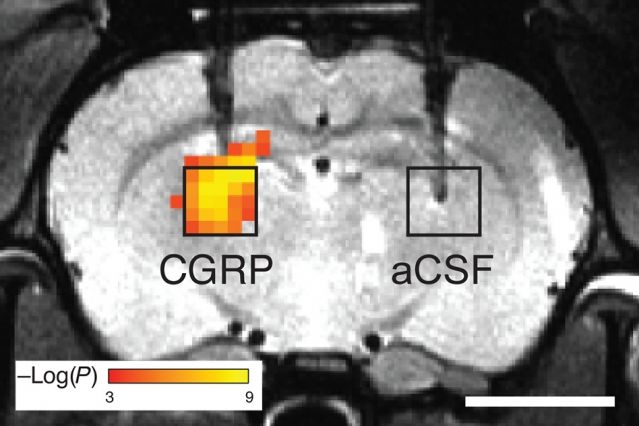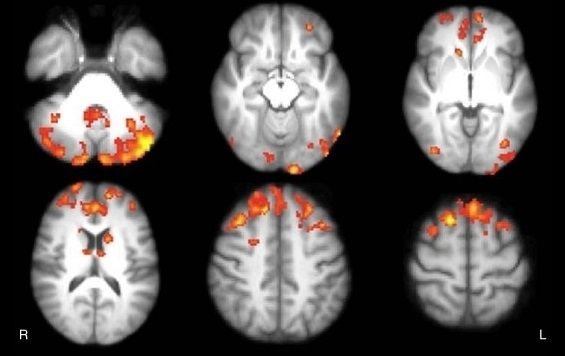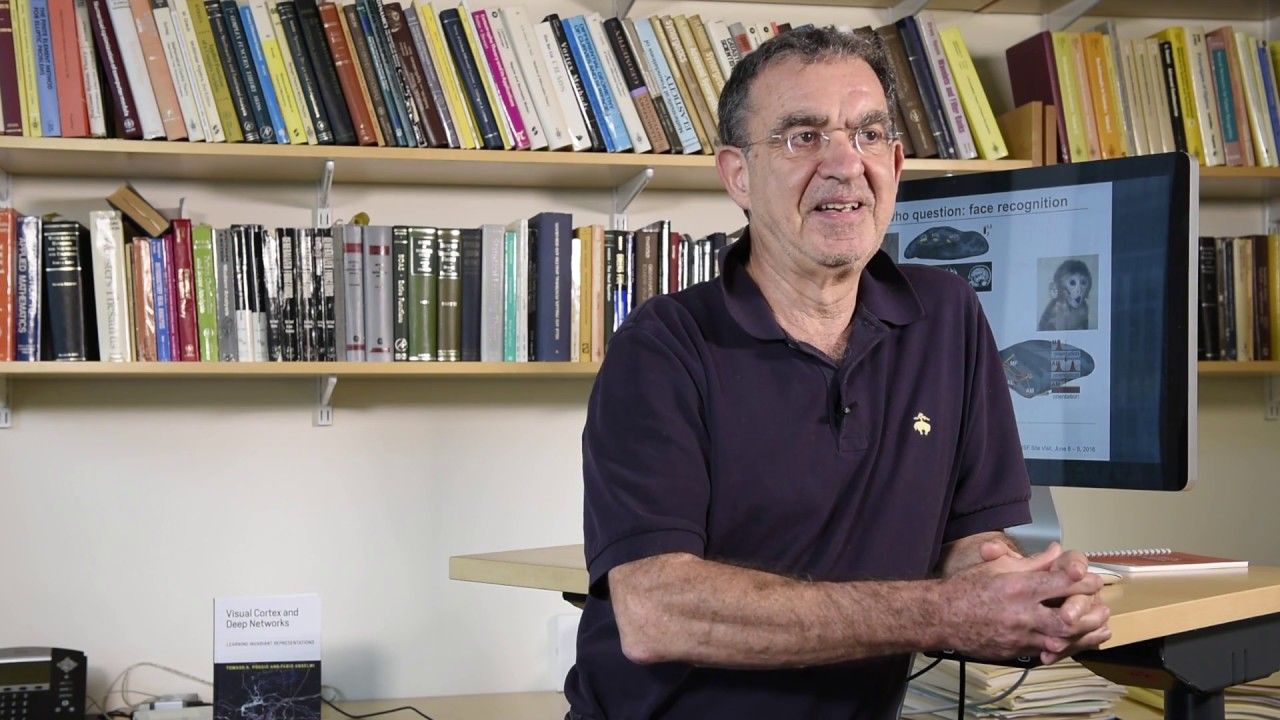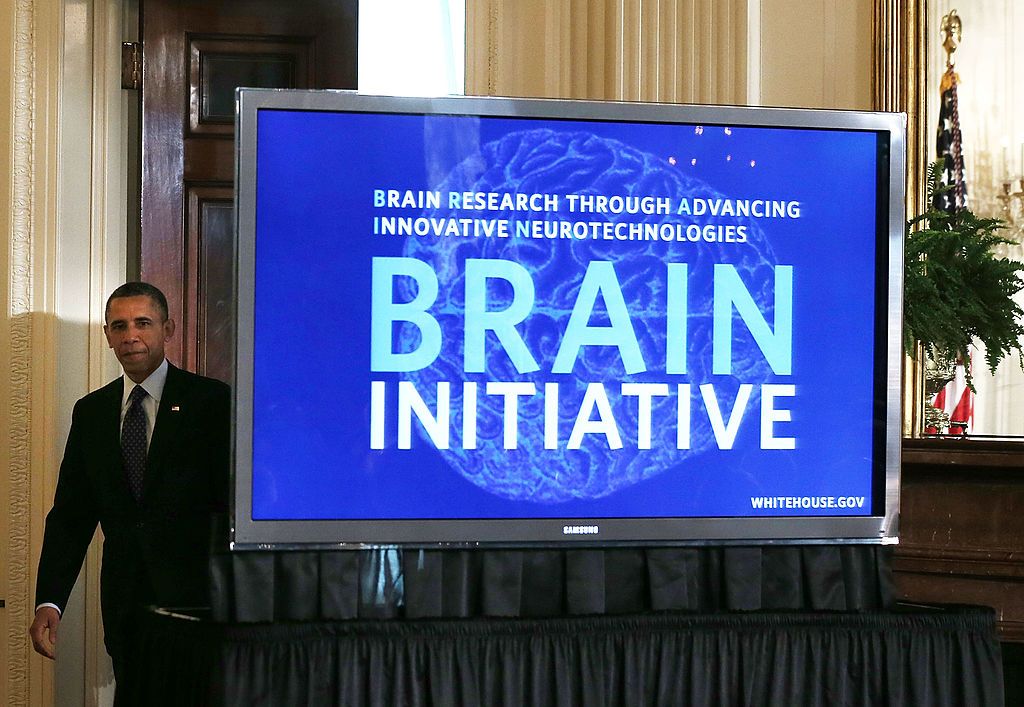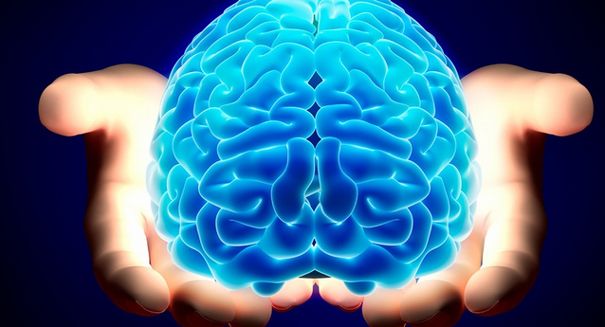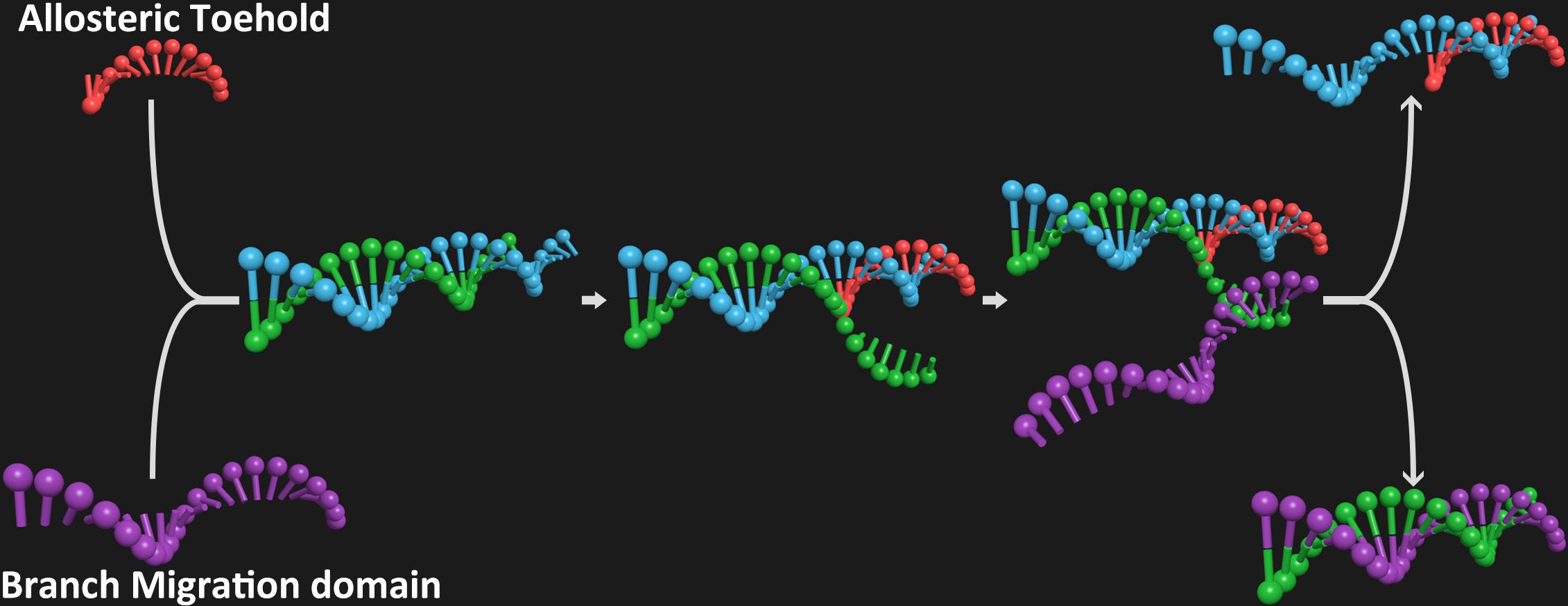A Bill Andrews speech. You can watch the whole thing but the meat of it starts at about the 14 minute mark.
[Ch.19] 세상에 없는 TV 이제 시작합니다.
★홈페이지 : www.tvchosun.com
Scientists hoping to get a glimpse of molecules that control brain activity have devised a new probe that allows them to image these molecules without using any chemical or radioactive labels.
Currently the gold standard approach to imaging molecules in the brain is to tag them with radioactive probes. However, these probes offer low resolution and they can’t easily be used to watch dynamic events, says Alan Jasanoff, an MIT professor of biological engineering.
Jasanoff and his colleagues have developed new sensors consisting of proteins designed to detect a particular target, which causes them to dilate blood vessels in the immediate area. This produces a change in blood flow that can be imaged with magnetic resonance imaging (MRI) or other imaging techniques.
Great.
Research published in Acta Neuropathologica, identified alterations in a protein known as ATRX in human brain tumours; researchers might also be able to target microRNAs directly, altering their levels to make cancer cells less likely to form tumours.
A recent study suggests that two recently discovered genetic differences between brain cancer cells and normal tissue cells could offer clues to tumour behaviour and potential new targets for therapy.
Published in Acta Neuropathologica, the study identified alterations in a protein known as ATRX in human brain tumours that arise as part of a genetically inherited condition known as neurofibromatosis type 1 (NF1). The disorder, marked initially by benign tumours on nerves, often leads to brain cancer, and although most NF1-related malignancies are nonaggressive, a fraction are “high-grade” and difficult to treat, experts say.
How the Brain Recognizes Faces
Posted in robotics/AI
MIT researchers and their colleagues have developed a new computational model of the human brain’s face-recognition mechanism that seems to capture aspects of human neurology that previous models have missed.
The researchers designed a machine-learning system that implemented their model, and they trained it to recognize particular faces by feeding it a battery of sample images. They found that the trained system included an intermediate processing step that represented a face’s degree of rotation — say, 45 degrees from center — but not the direction — left or right.
This property wasn’t built into the system; it emerged spontaneously from the training process. But it duplicates an experimentally observed feature of the primate face-processing mechanism. The researchers consider this an indication that their system and the brain are doing something similar.
A new strict cyber security policy sees US tech companies in a stand-off with the Chinese authorities.
Hmmmm.
Sam Gussman arrived four years ago at Stanford University hoping to eventually parlay an engineering degree into a product manager job at Google or Facebook.
Working for the National Security Agency or other intelligence bureaus never crossed his mind. For Gussman, the government didn’t seem like the place for the most exciting, cutting-edge research in human computer interaction — his area of interest. Plus, it did no on-campus recruiting, unlike the many tech startups that e-mailed him daily about job opportunities and happy hours.
That career plan changed dramatically after Gussman took a new graduate class at Stanford’s engineering school called Hacking for Defense, or H4D, where he got to tackle real-life national security challenges. There he met with U.S. military officers and studied the mental duress soldiers face during combat and then worked on software that distinguishes insurgents from civilians in video feeds from drones. Suddenly government work was “super cool.”
A huge discovery has just been made about Parkinson’s disease that scientists may have been looking for answers in the wrong place all along. Scientists have found that there is a strong correlation between symptoms of Parkinson’s and bacteria in the gut, not the brain, based on examinations of mice.
Parkinson’s disease is the second most common debilitating brain disorder in the world after Alzheimer’s. It is a neurodegenerative disease that involves a type of protein that builds up around brain cells and then causes the patient to lose motor function. Naturally, scientists had been looking at the brain for answers in dealing with it, but a new study finds that perhaps the answer was in the gut bacteria all along, according to an Axial Biotherapeutics statement.
The finding could lead to a new generation of probiotics that are far more sophisticated than typical brands currently available to the public.
I know this is 2 days old; however, glad I came across it. As Gene Circuitry & Living systems in general are truly advancing more quickly in the recent year than I have seen over the past decade.
The real question is with AI, 3D/ 4D synbio printing, Gene/ Cell Circuitry; which areas of medicine will continue to existing in the next 15 years?
A Brock University research team has created a tool that can potentially be used in a future computer that will be made out of DNA.
Chemist Feng Li and graduate student Xiaolong Yang, formal postdoctoral fellow Yanan Tang and undergraduate student Sarah Traynor have devised a strategy that “helps simplify the design of DNA circuits that may eventually be used in a DNA computer,” says Li.

